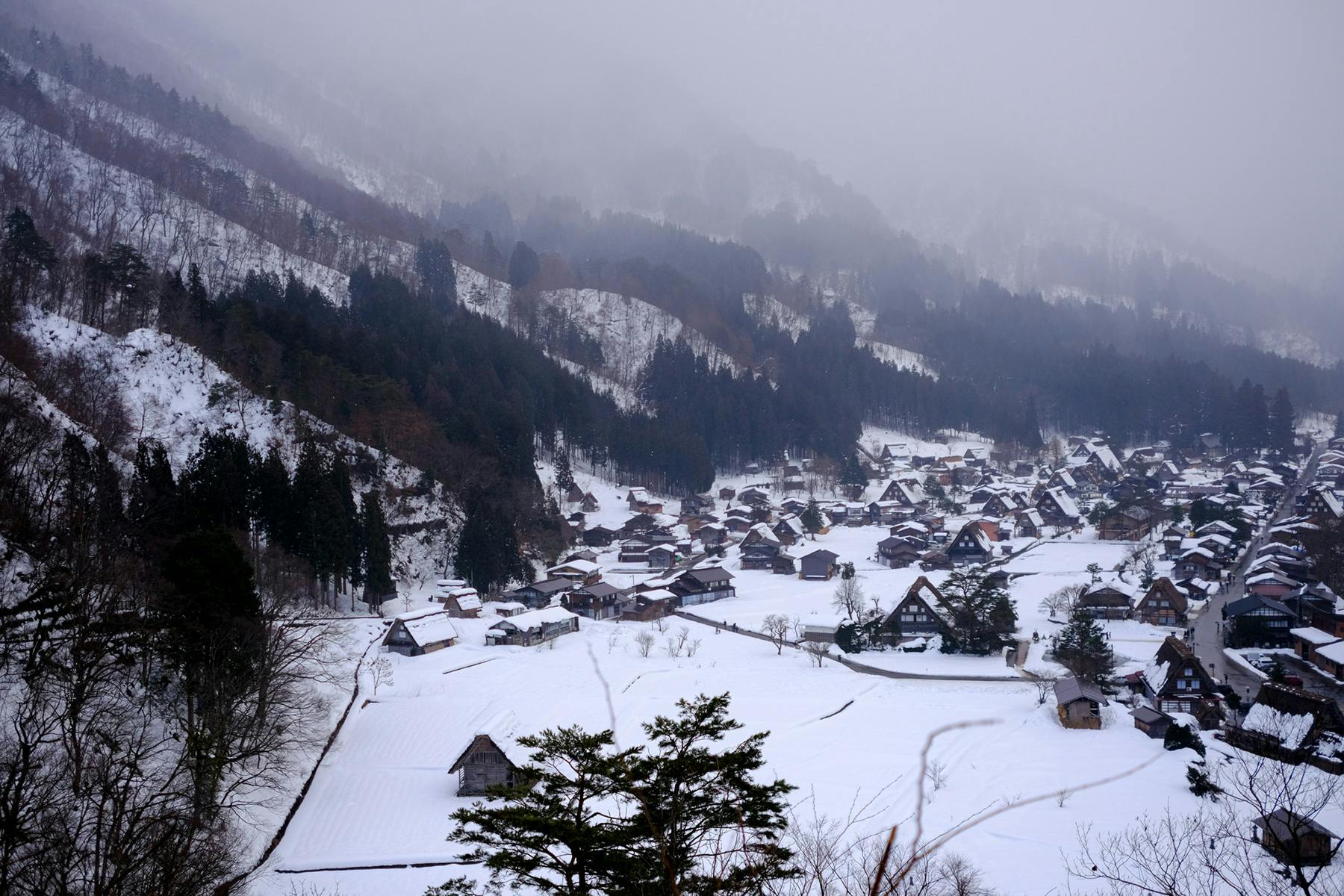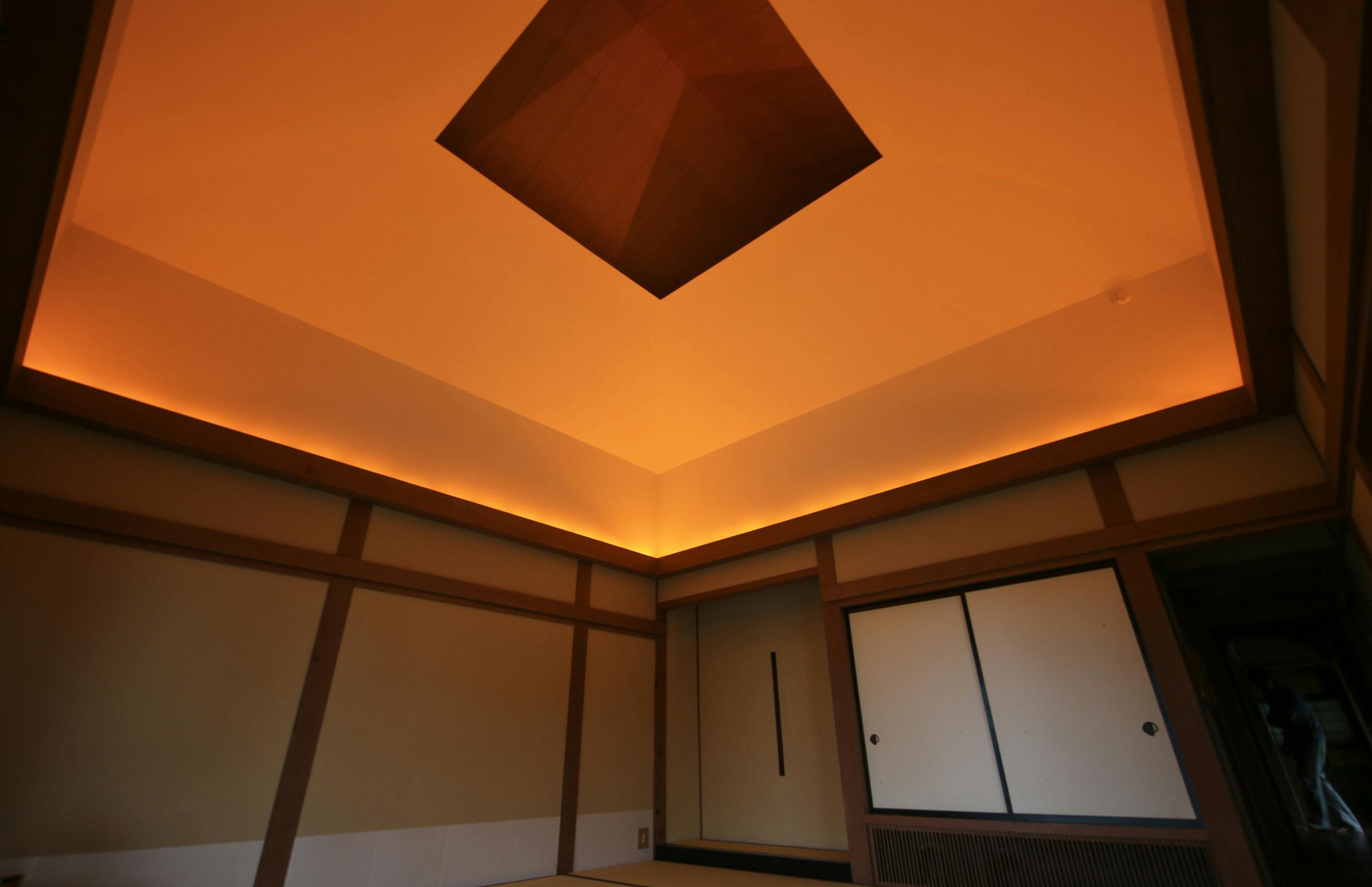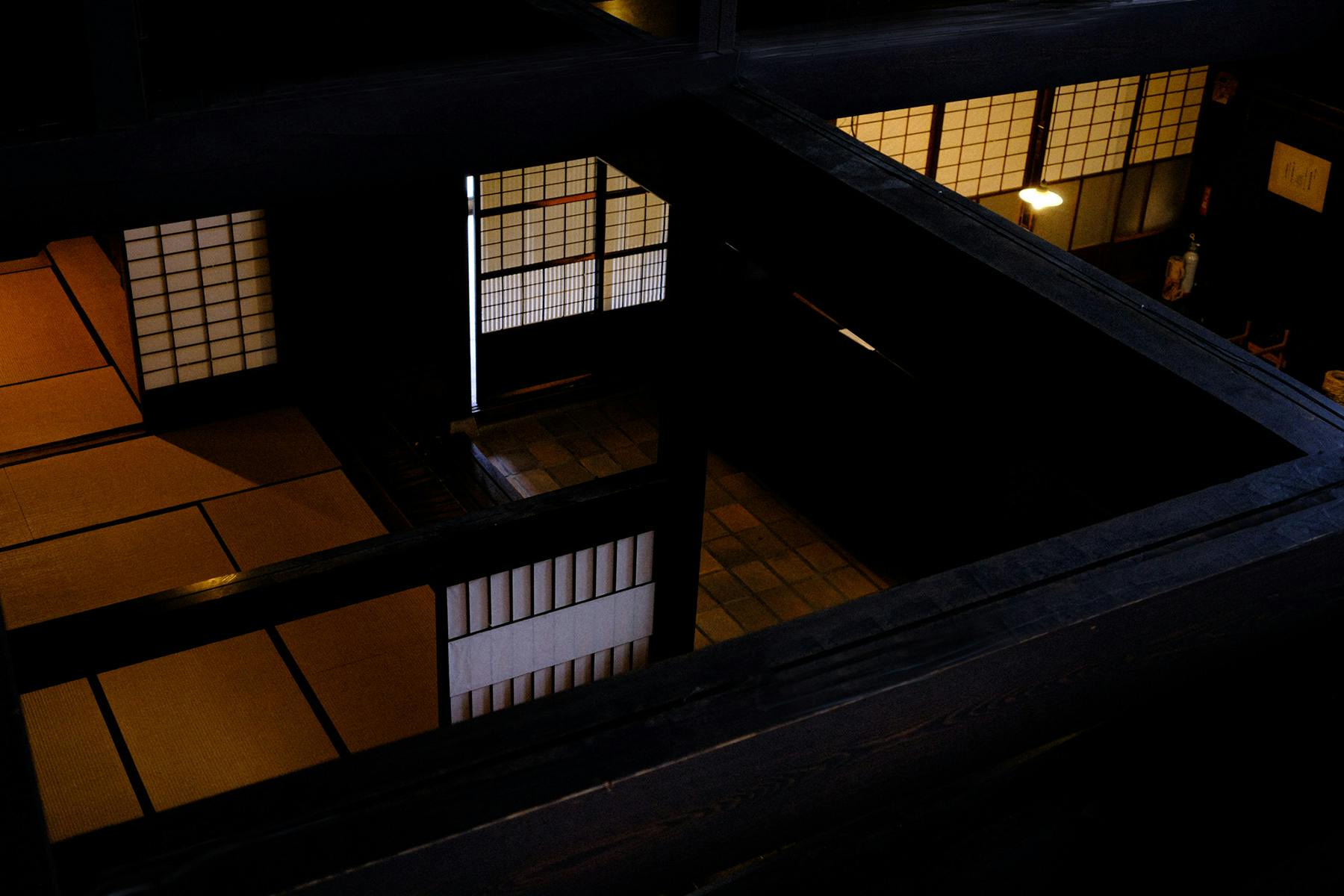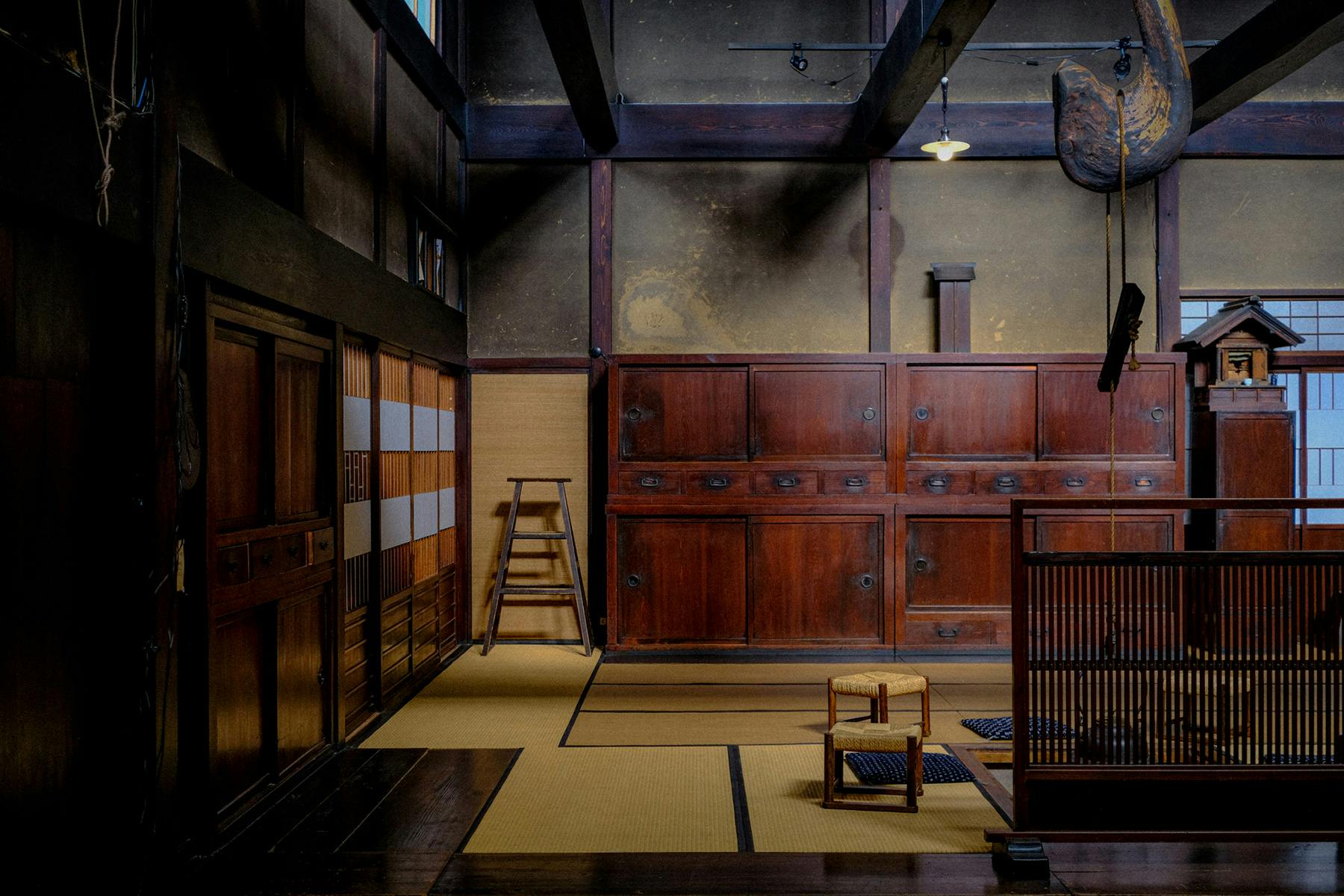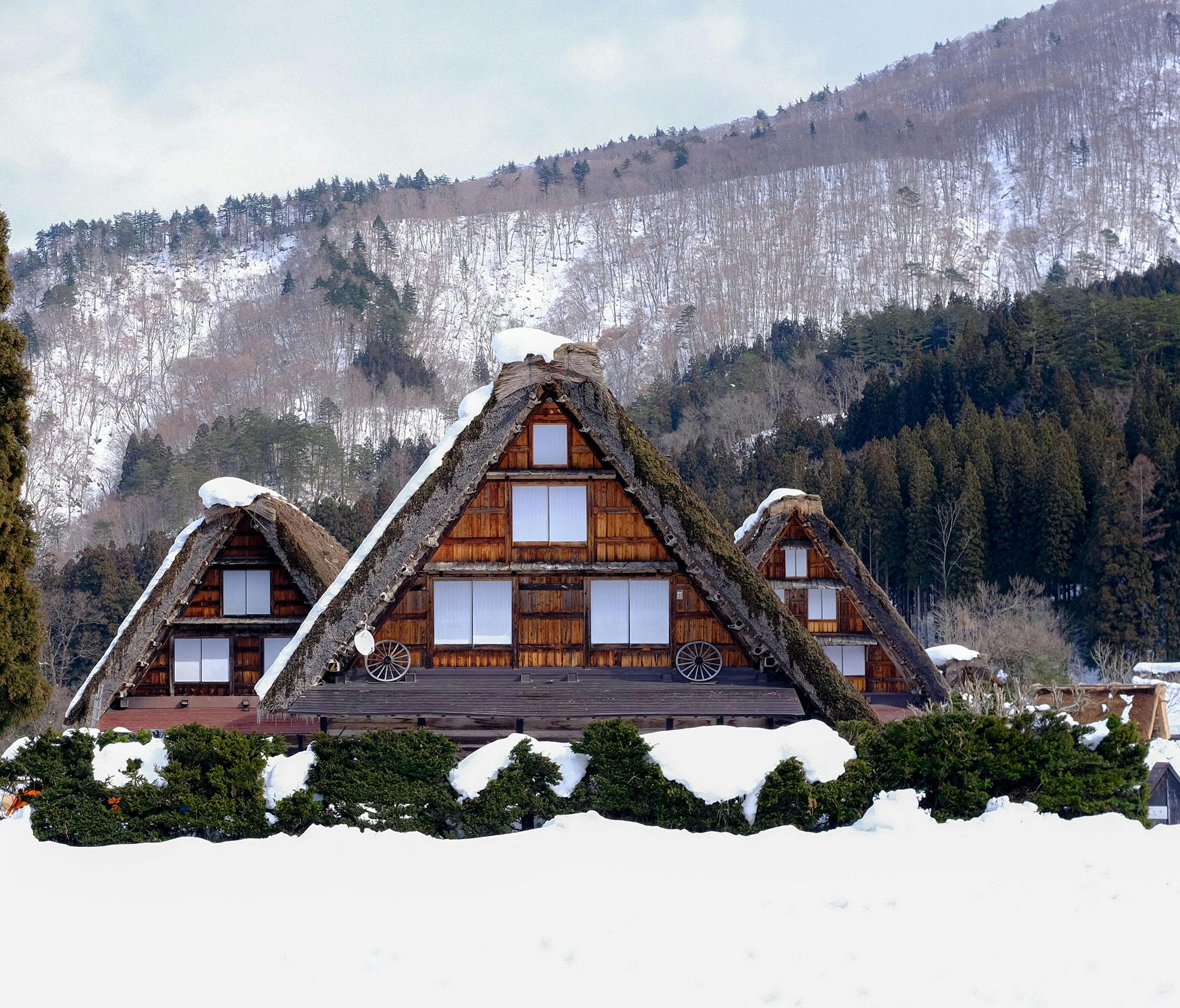
Shirakawa-gō
UNESCO's World Heritage Site Shirakawa-gō is comprised of a cluster of villages, a living architecture park showcasing traditional buildings and the local craft that goes into the steep Gasshô-Zukuri thatched roofs
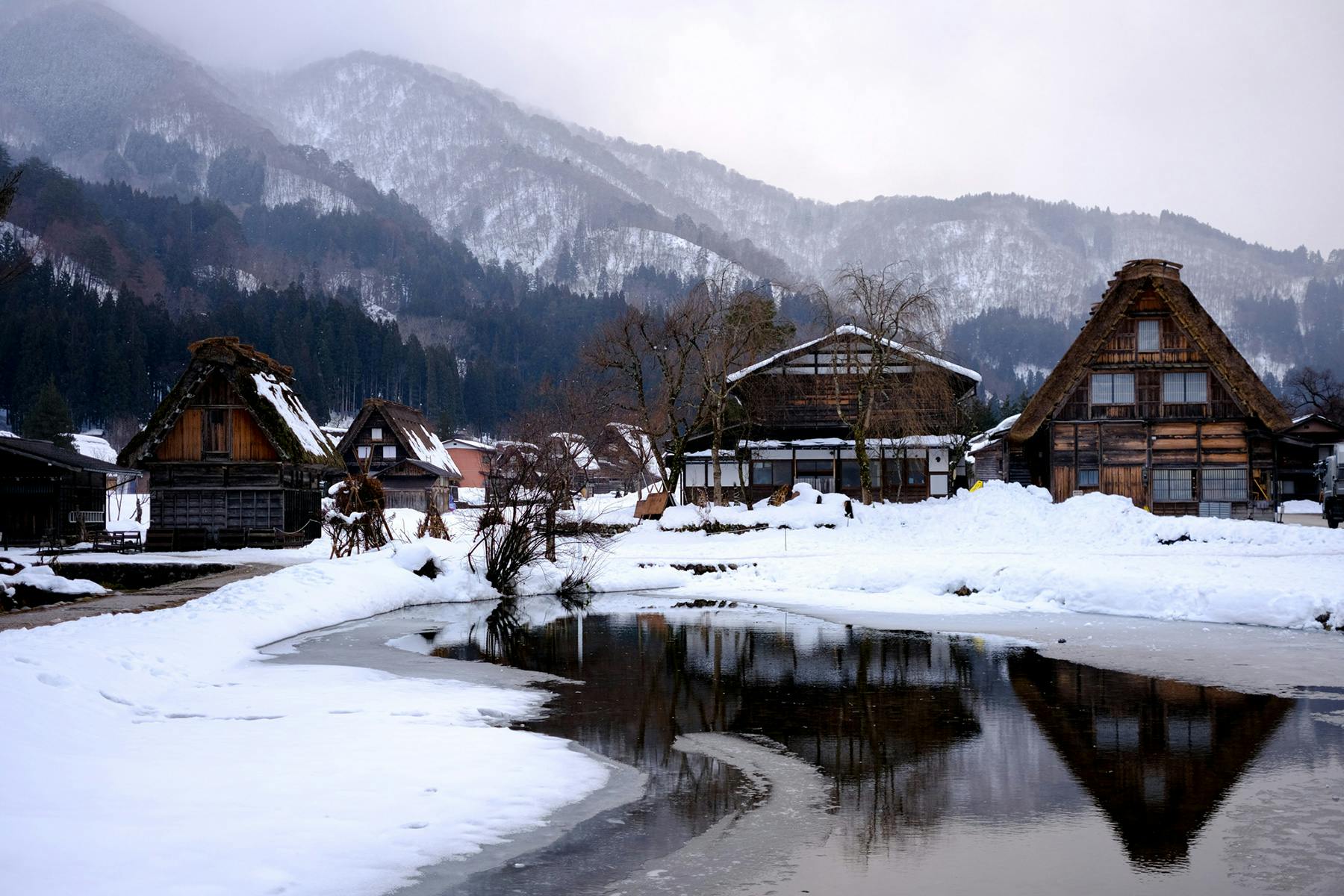
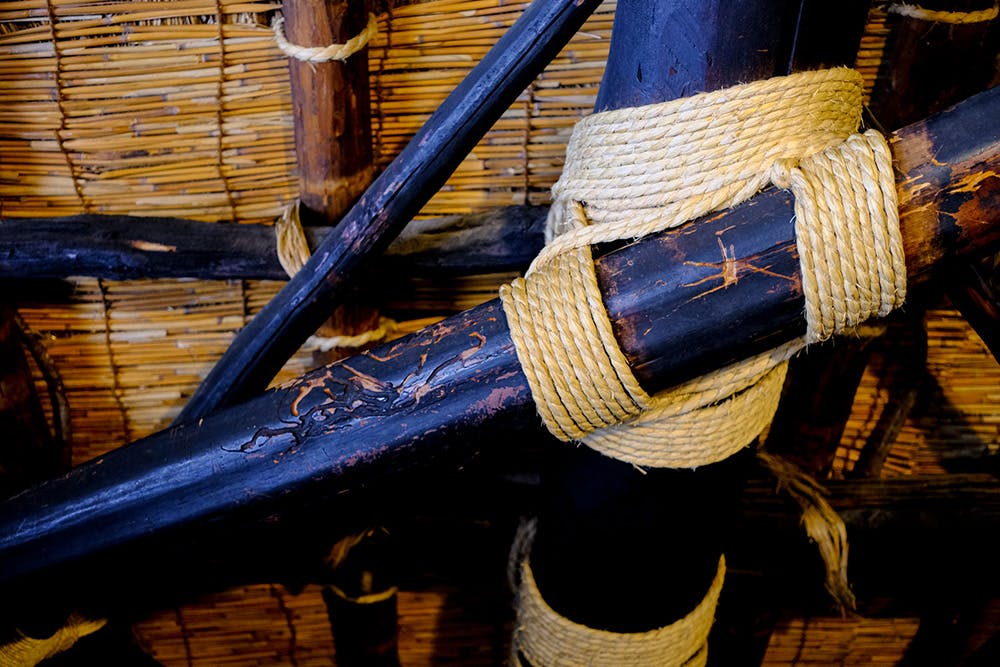
Located in a mountainous region that was cut off from the rest of the world for a long period of time, these villages with their Gassho-style houses subsisted on the cultivation of mulberry trees and the rearing of silkworms. The large houses with their steeply pitched thatched roofs are the only examples of their kind in Japan. Despite economic upheavals, the villages of Ogimachi, Ainokura and Suganuma are outstanding examples of a traditional way of life perfectly adapted to the environment and people's social and economic circumstances.
House Construction
The Gasshō-style house ("prayer-hands construction" style) is characterised by a steeply slanting thatched roof, resembling two hands joined in prayer. The design is exceptionally strong and, in combination with the unique properties of the thatching, allows the houses to withstand and shed the weight of the region's heavy snowfalls in winter.
The Gassho-style house is architecturally one of Japan's most important and rare types of farmhouse. The clustering of so many surviving examples has given the World Heritage Site its justification for inscription (i.e. formal recognition). This confident style of house construction is unique within Japan, and nowhere else within the country is roof space typically utilised, except for passive storage, and not in a two-, three-, or four-story manner, as is seen here.
Even today, there is still a system of joint work called "Yui" for re-thatching thatched roofs of gassho-zukuri. The thatch replacement was done every 30 to 40 years, and the labour and expense involved were enormous (simply converting the labour cost to today's value, it is said that the cost to replace one side of the roof alone would be more than 10 million yen), but it was done without compensation.
The procedure for re-thatching was rough as follows.
・Preparation begins at least three years prior to the work.
・The amount of thatch needed and the number of workers are estimated based on the area of the roof.
・Set a date for the work and go around the village to ask for help with the thatching and when it will be done.
・Cut and store enough thatch for the work in advance (a common "thatch field" is reserved for this purpose).
・Determine the division of roles (i.e., those who collect thatch, those who carry it, those who sort thatch, those who prepare ropes and other tools, etc.).
・The above is exclusively the work of men. The women prepare meals for the workers, snacks for the rest, and gifts to celebrate the completion of the work.
・Rarely are both sides of the roof sprayed at the same time, but only one side is completed in two days.
・It takes 200 to 300 workers daily, and it is spectacular to see more than 100 people climbing on the roof.
In recent years, depopulation, the decline of primary industries, and the aging of the population have made it difficult to maintain ties. On the other hand, the National Trust and volunteers from the general public have begun to gather from various parts of the country and work together to re-thatch the roofs. In Shirakawa-go, the organization that performs the tethering is called "koryaku," and the scope of the tethering is not limited to re-thatching roofs, but extends to all aspects of daily life, including thatching, rice planting, rice harvesting, weeding, chopping firewood, weddings, funerals, and ceremonial occasions


